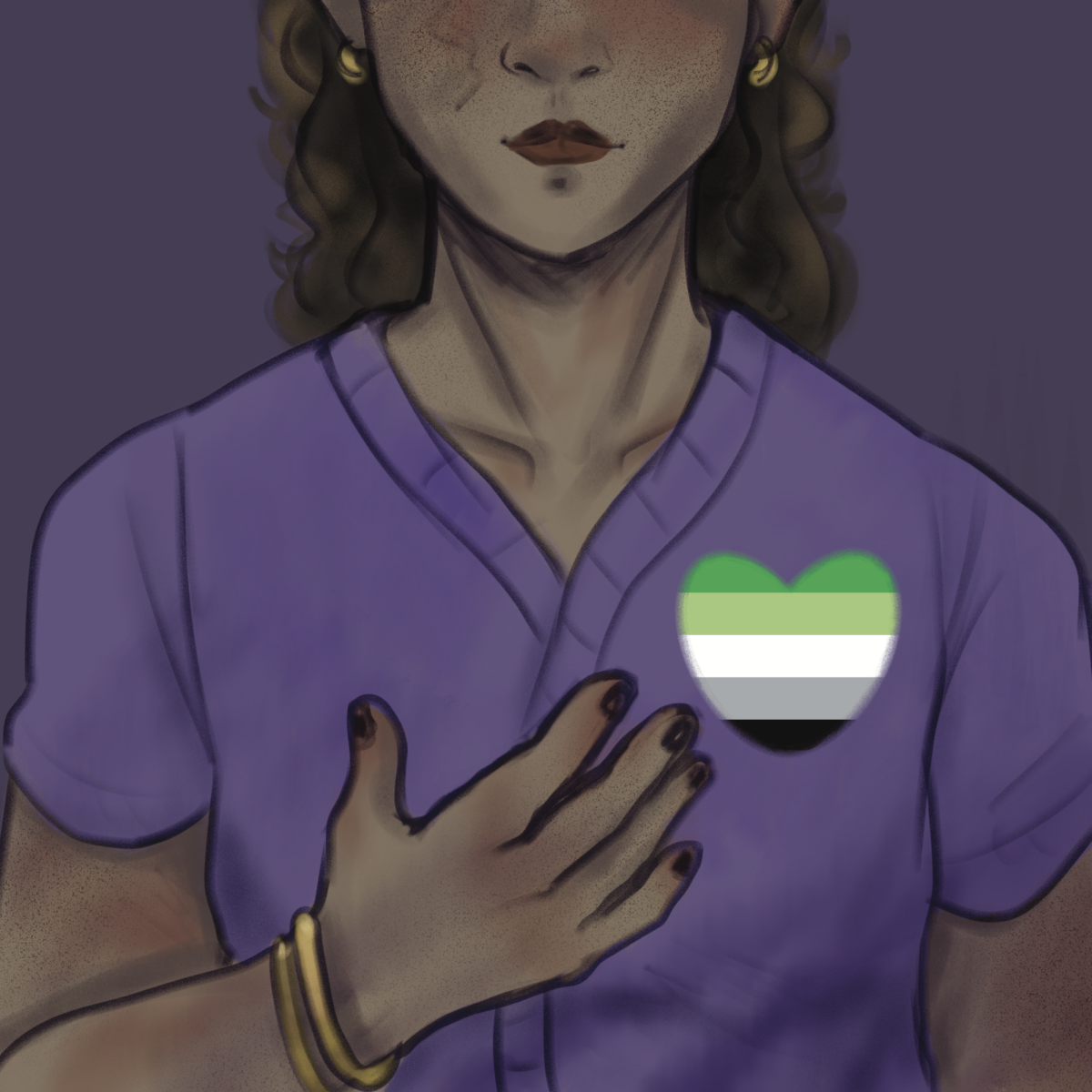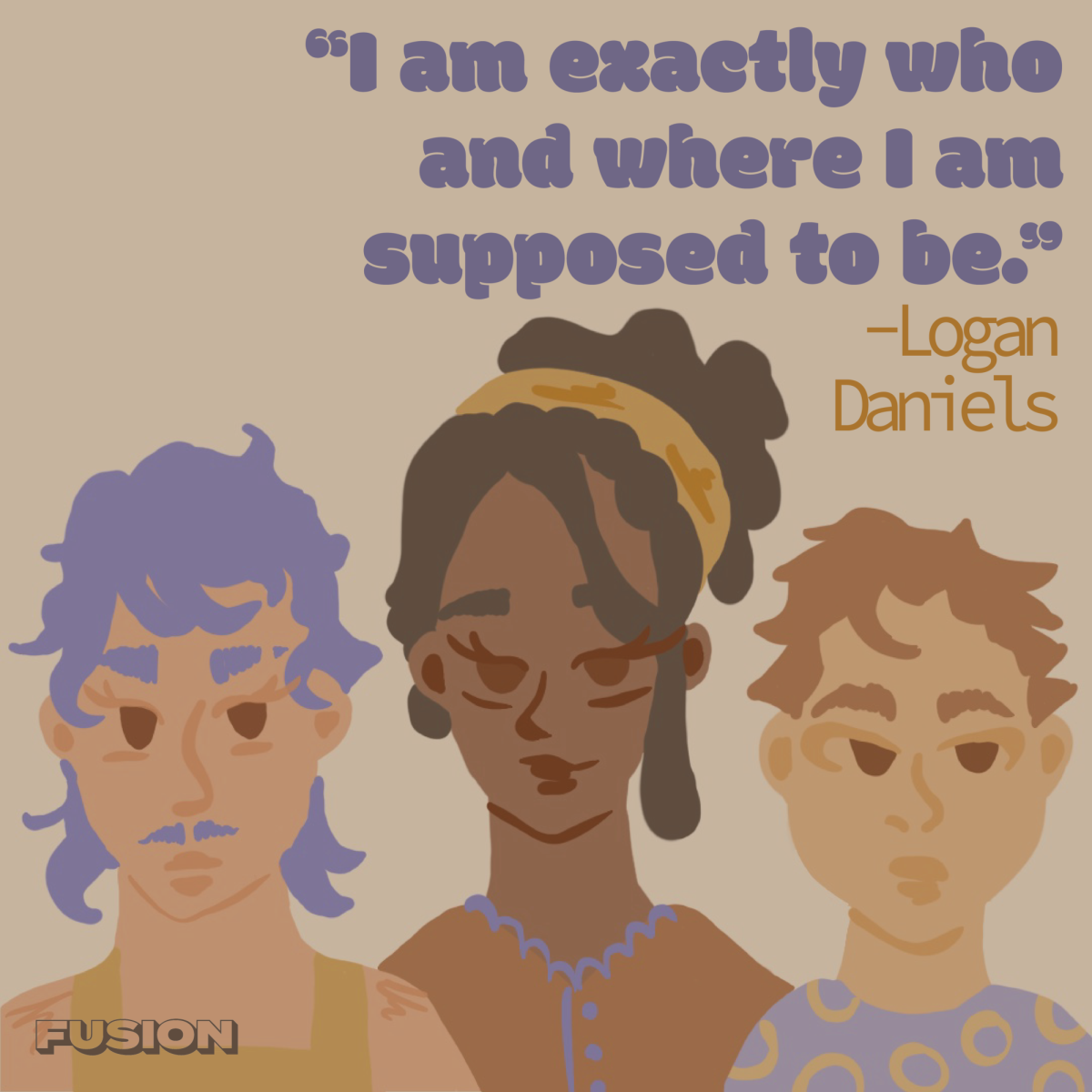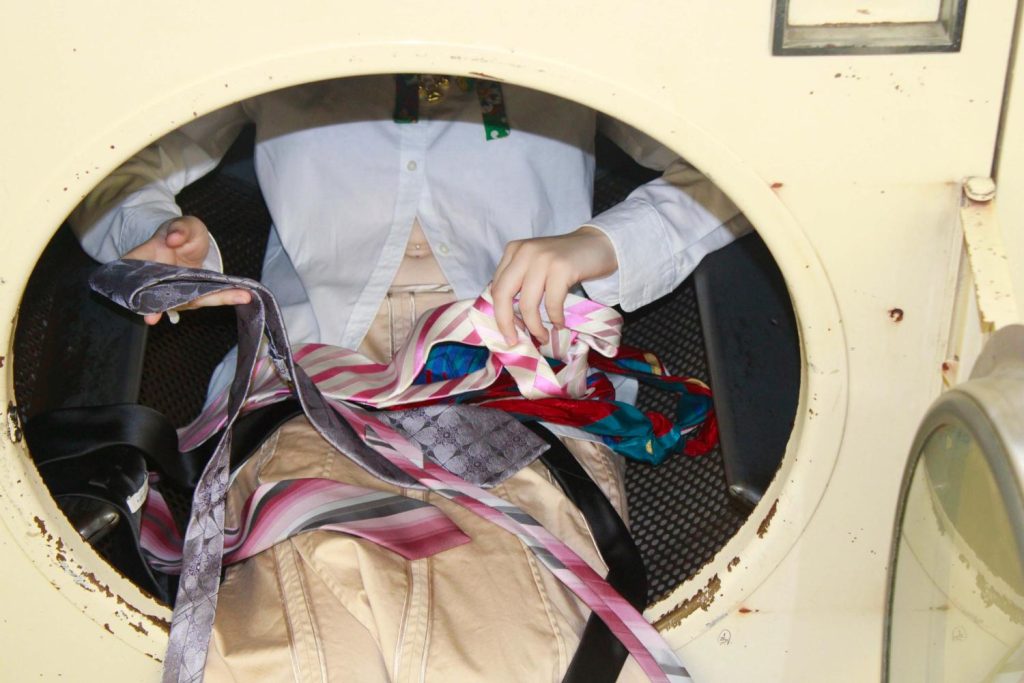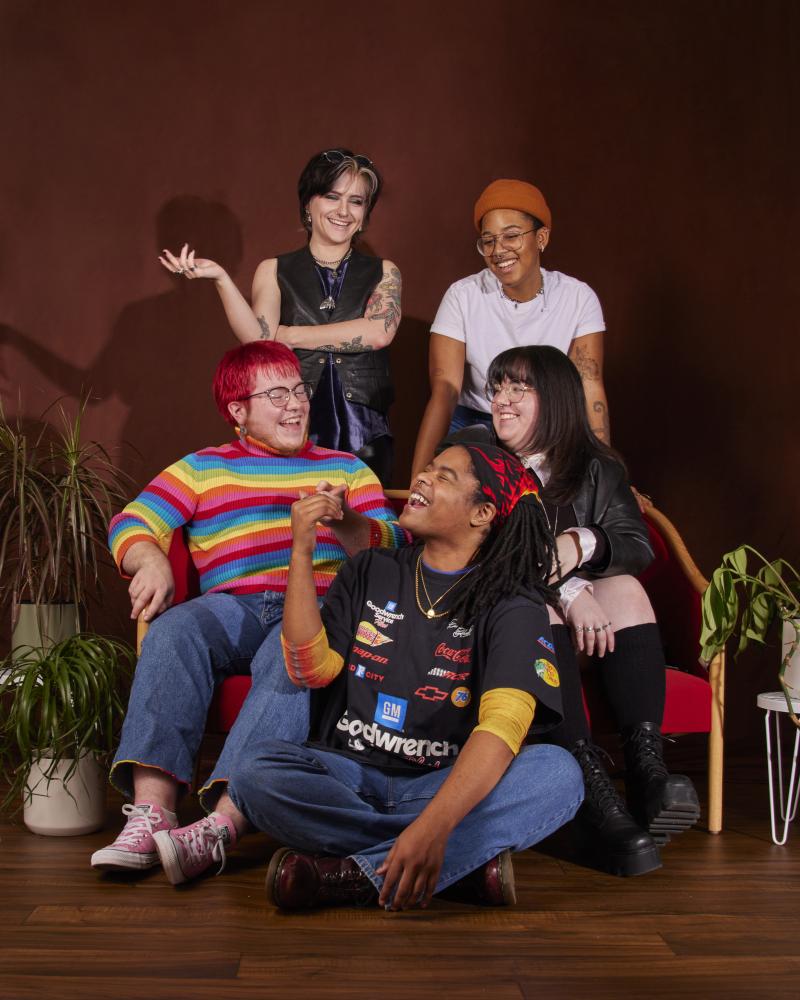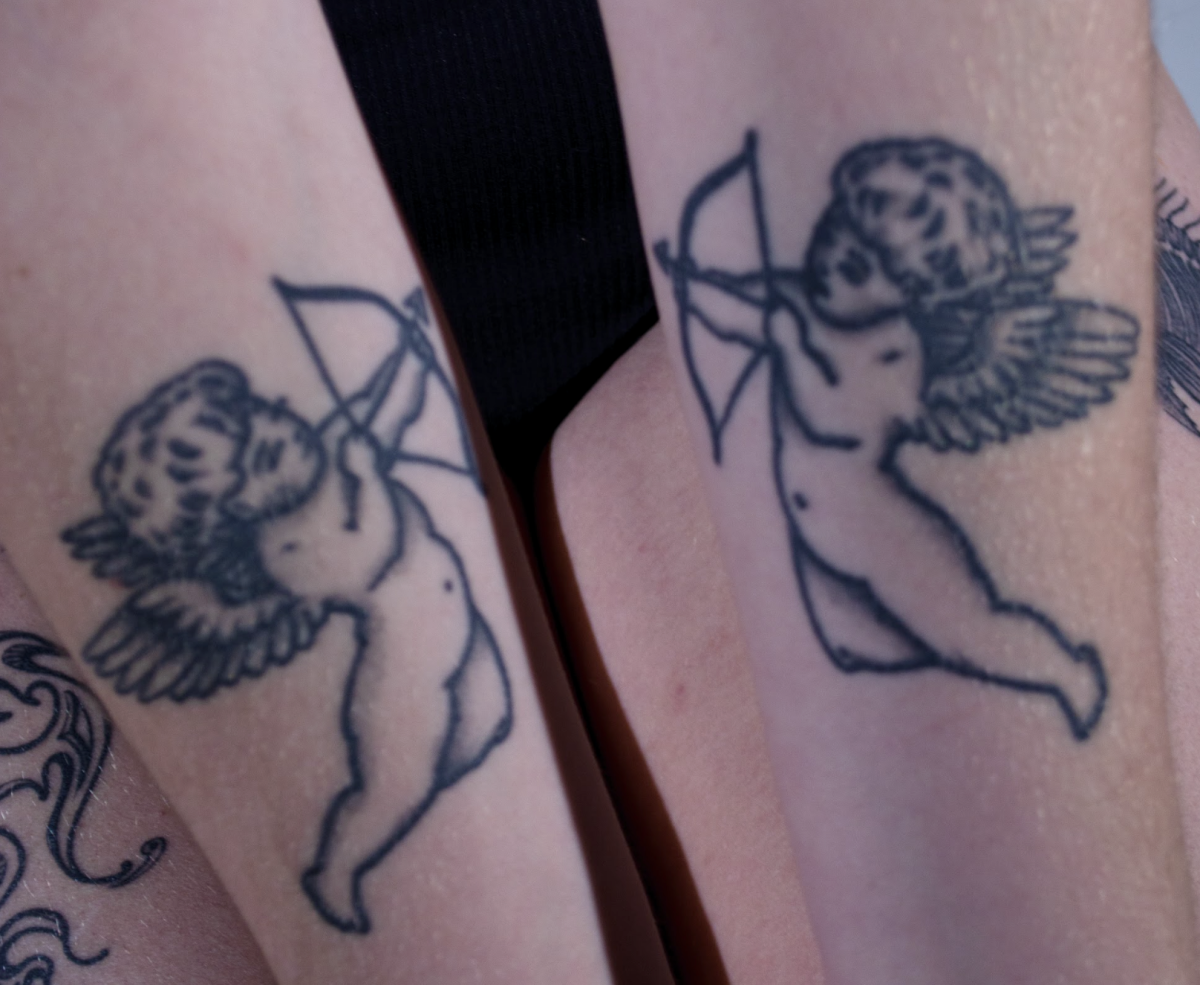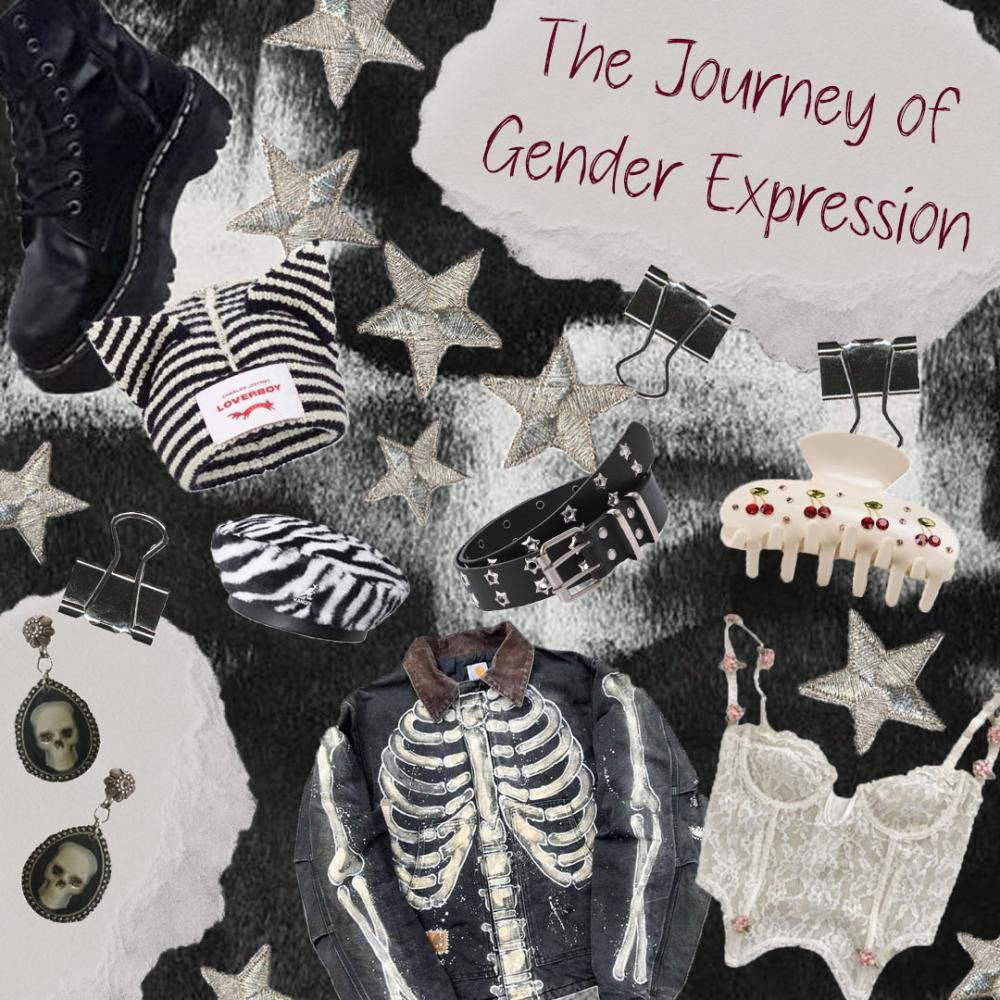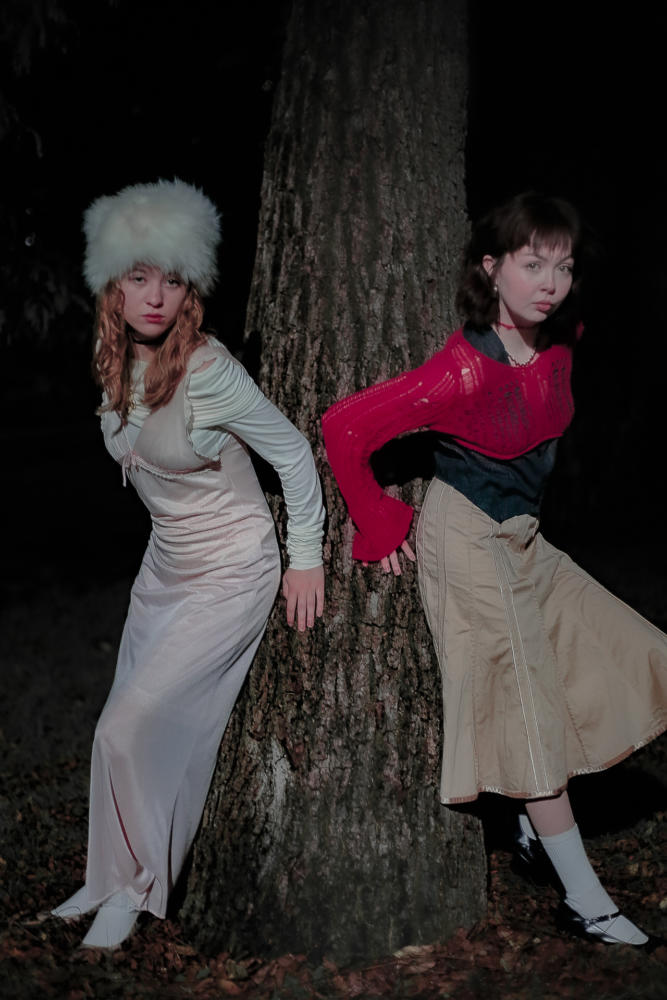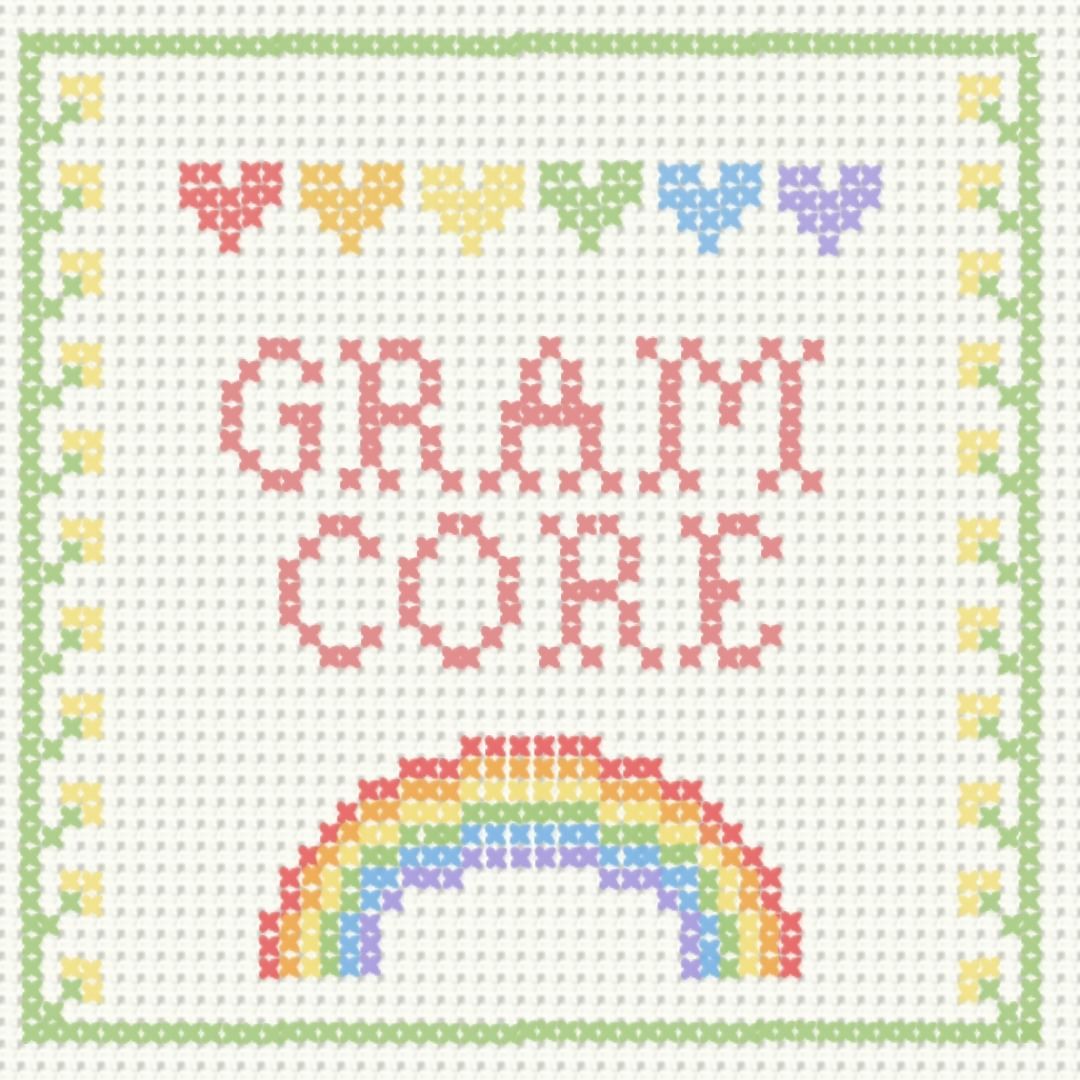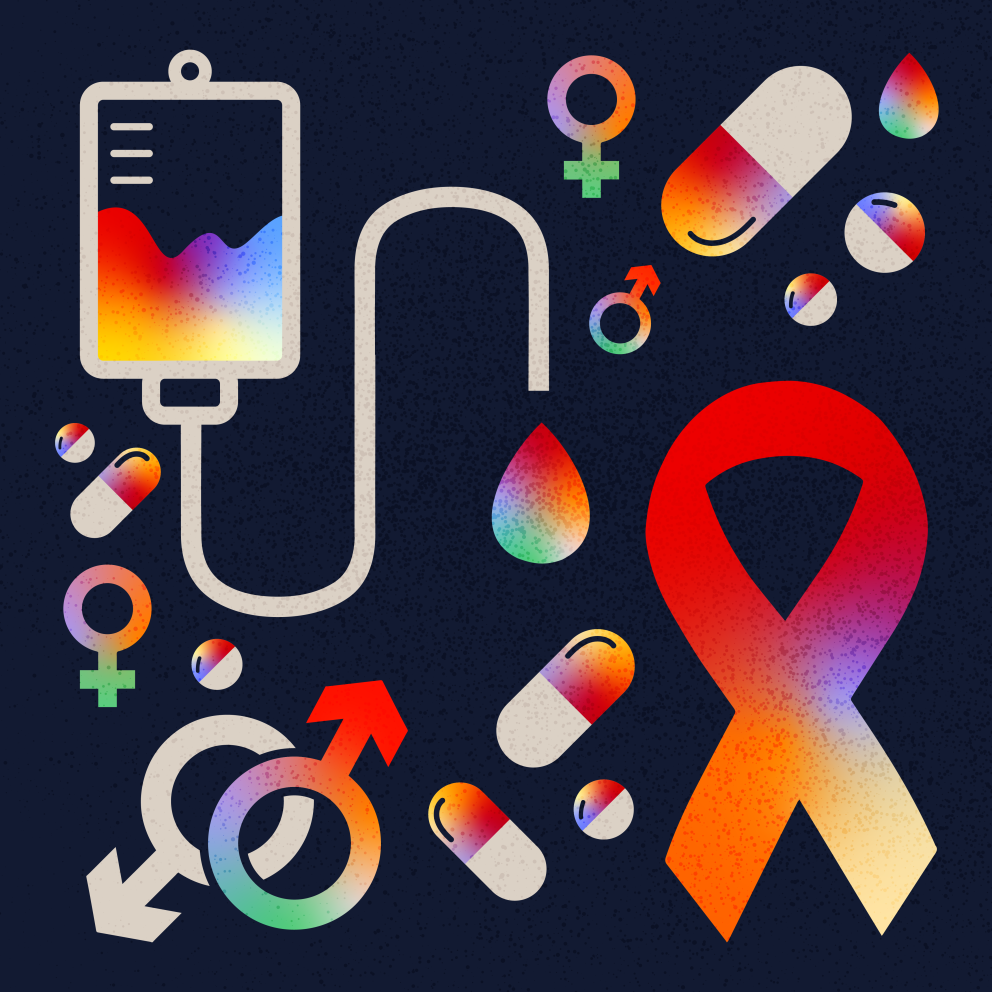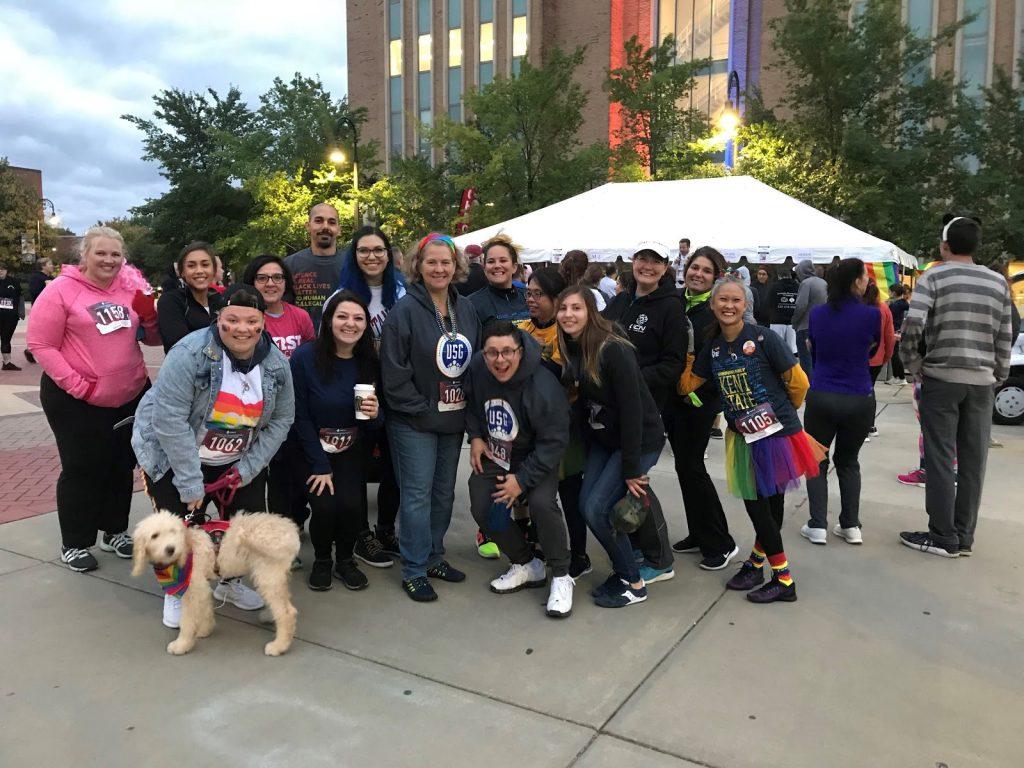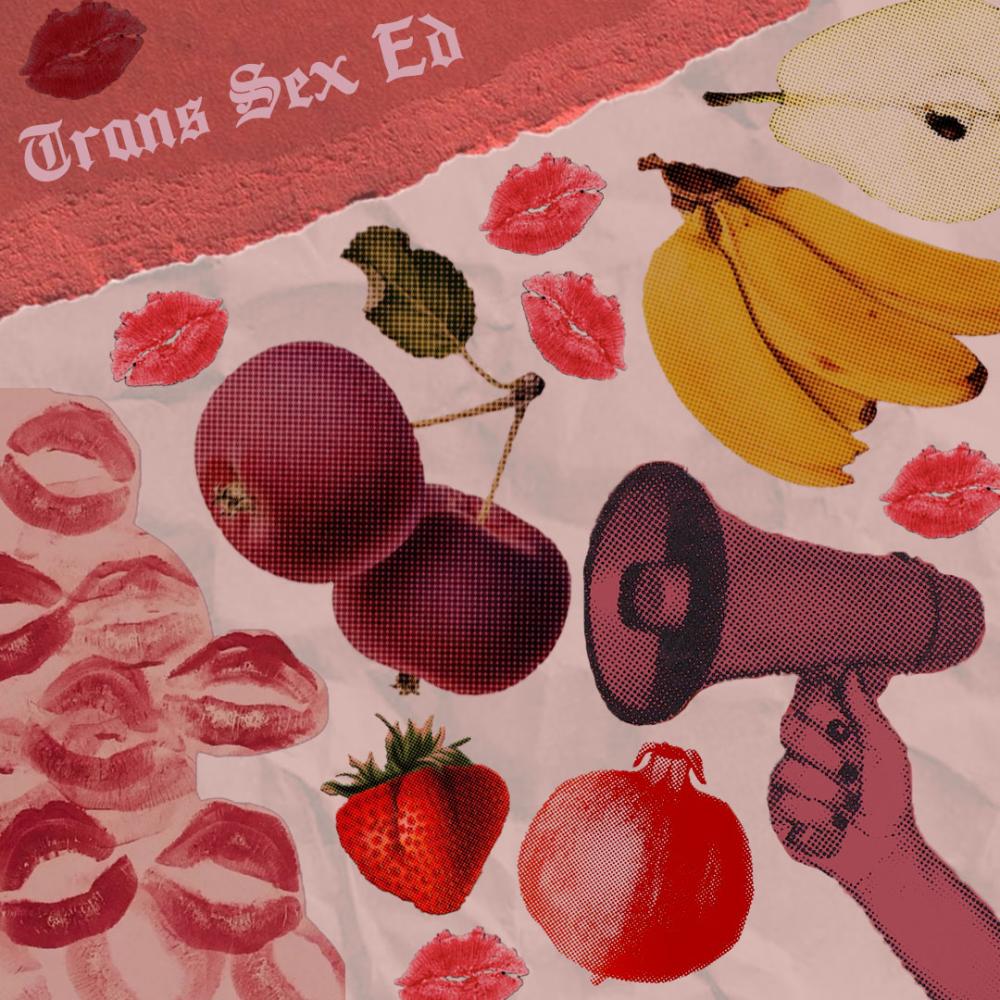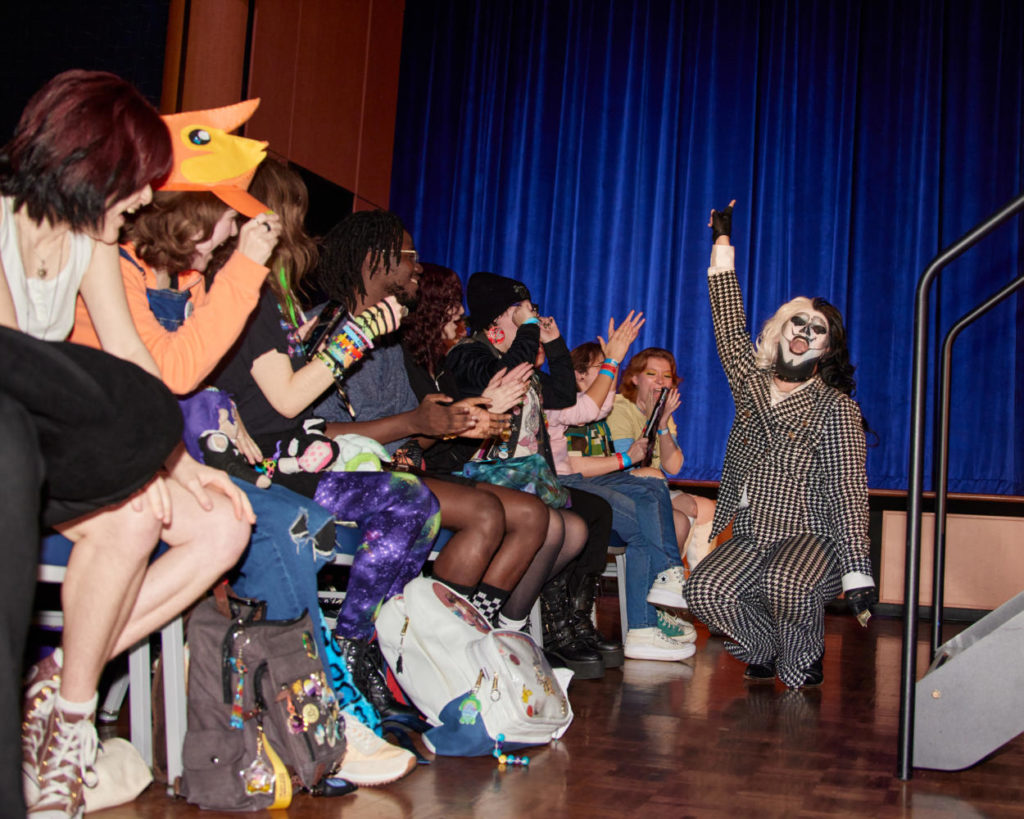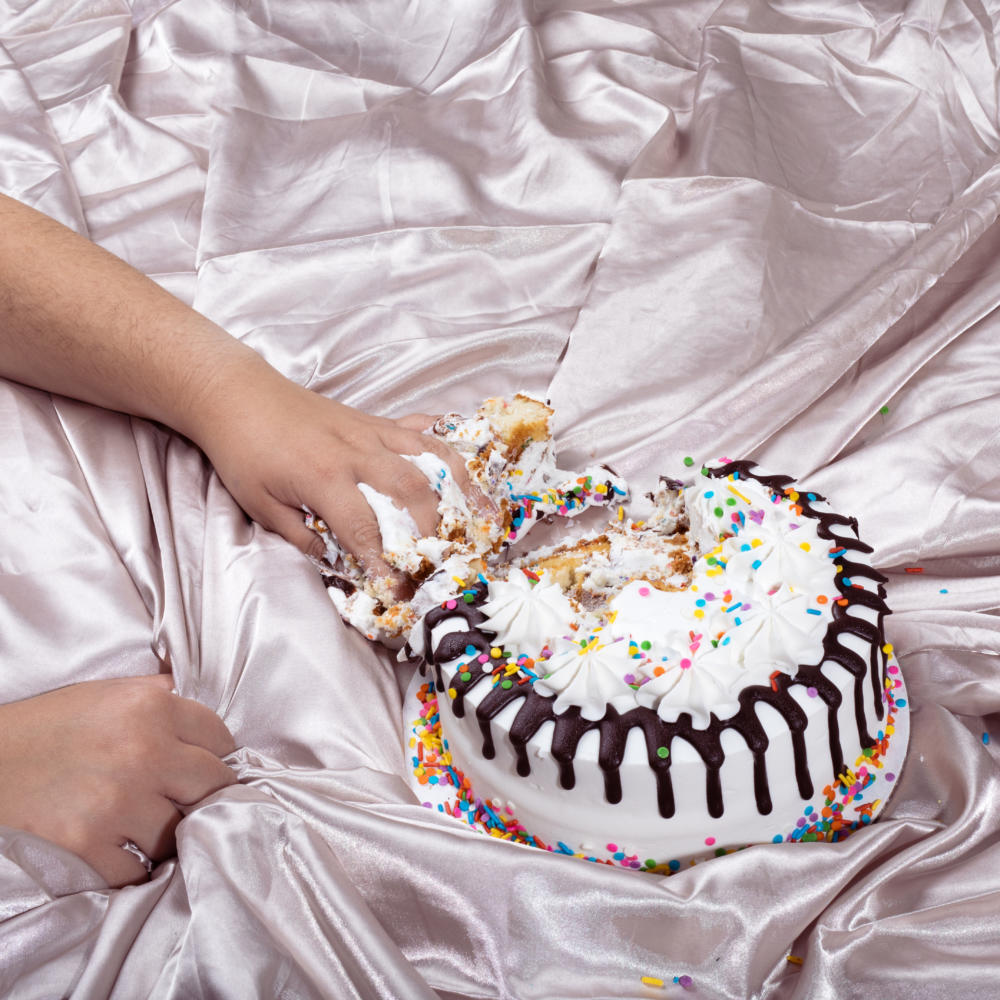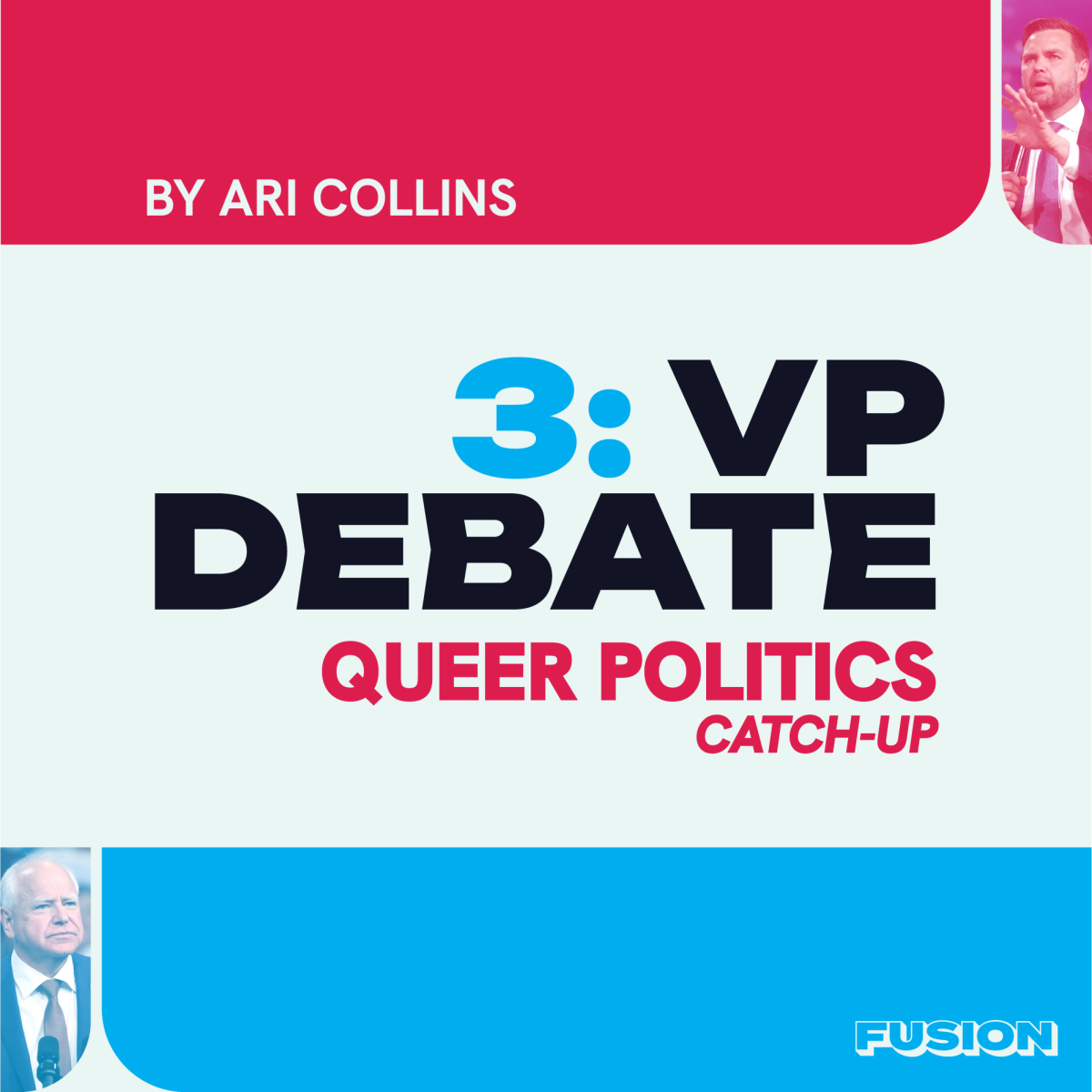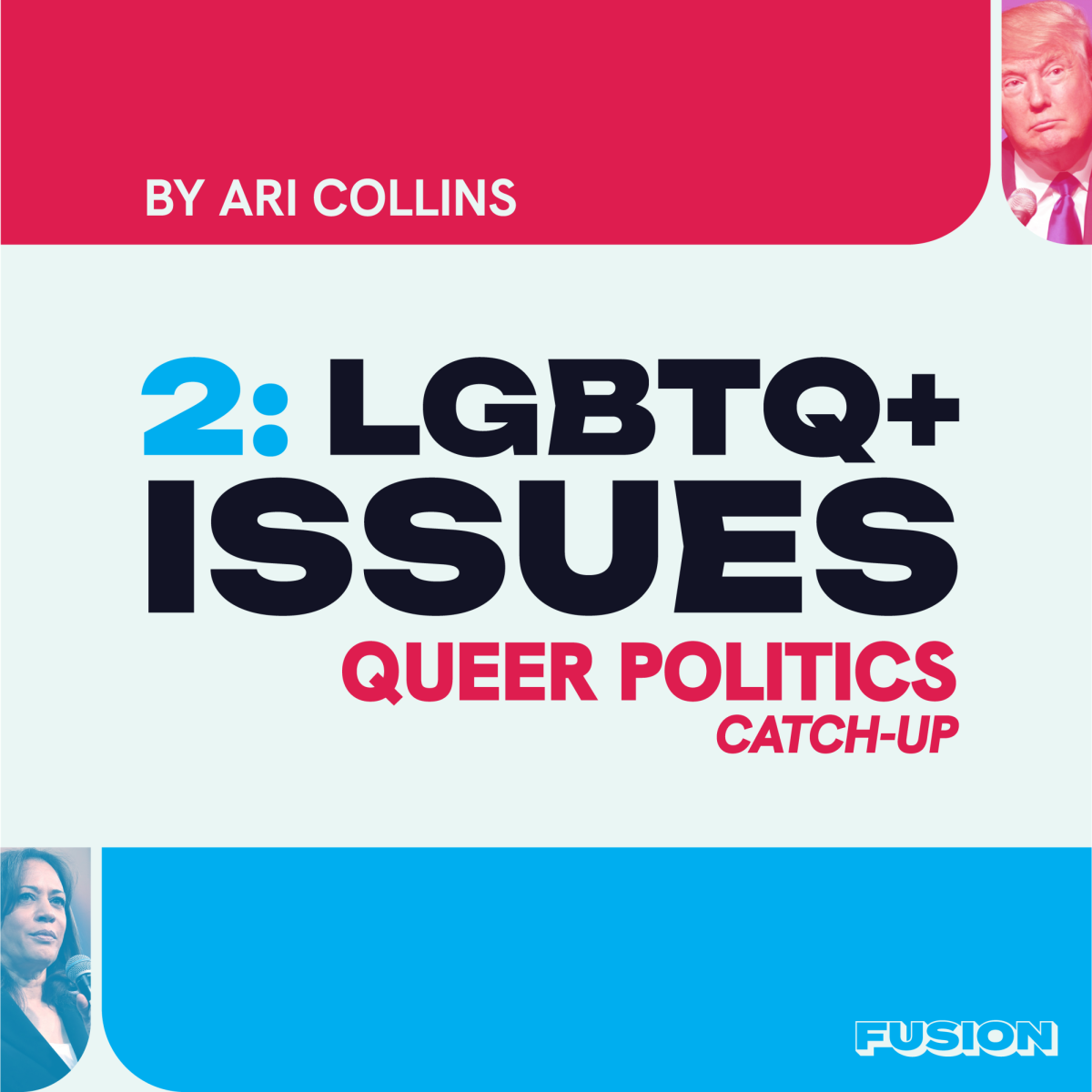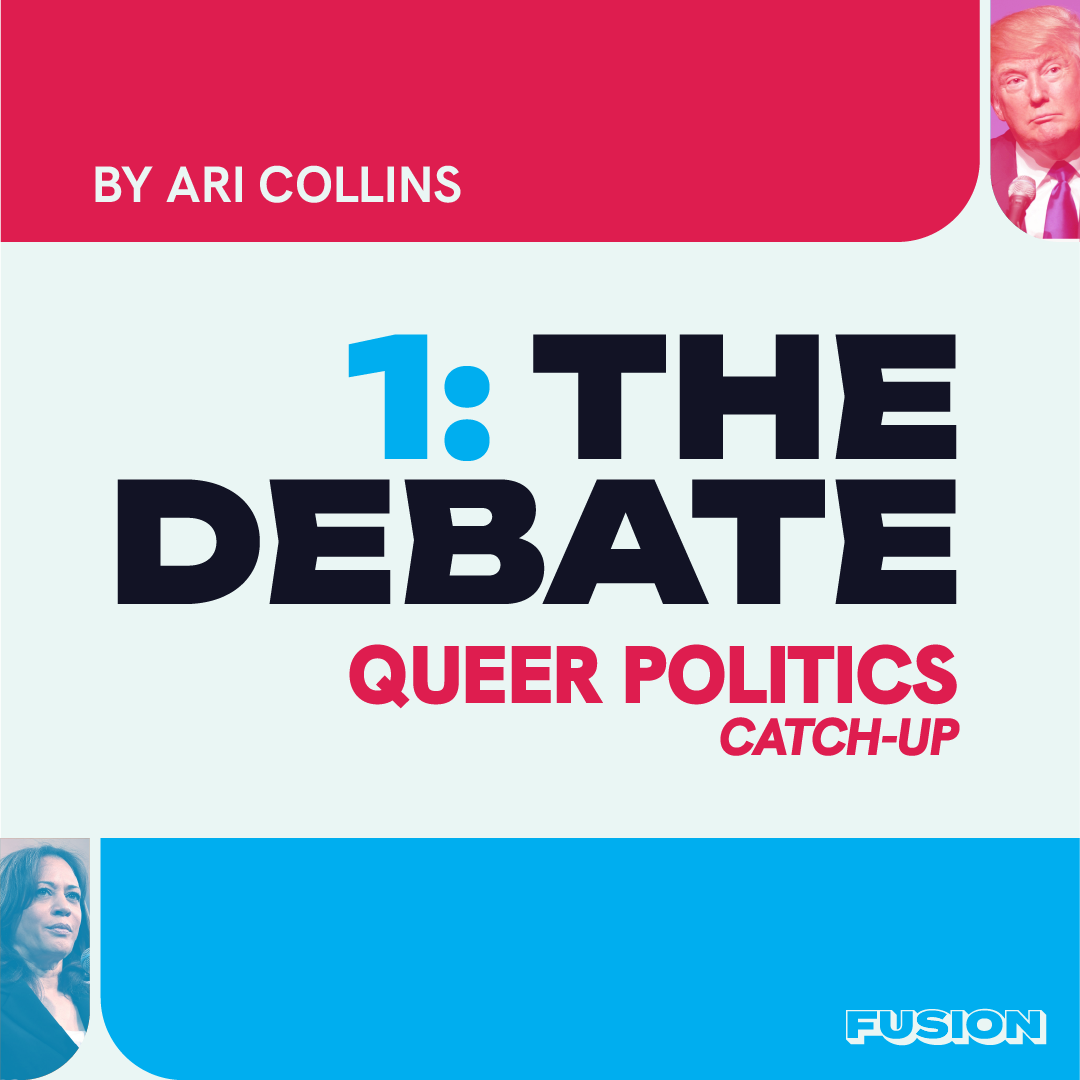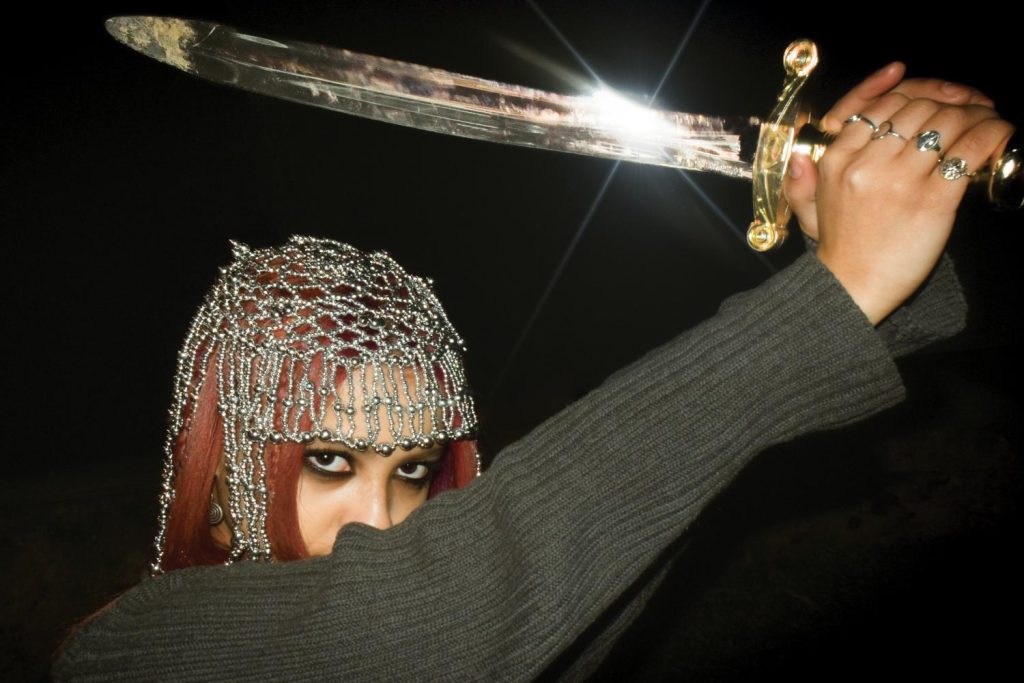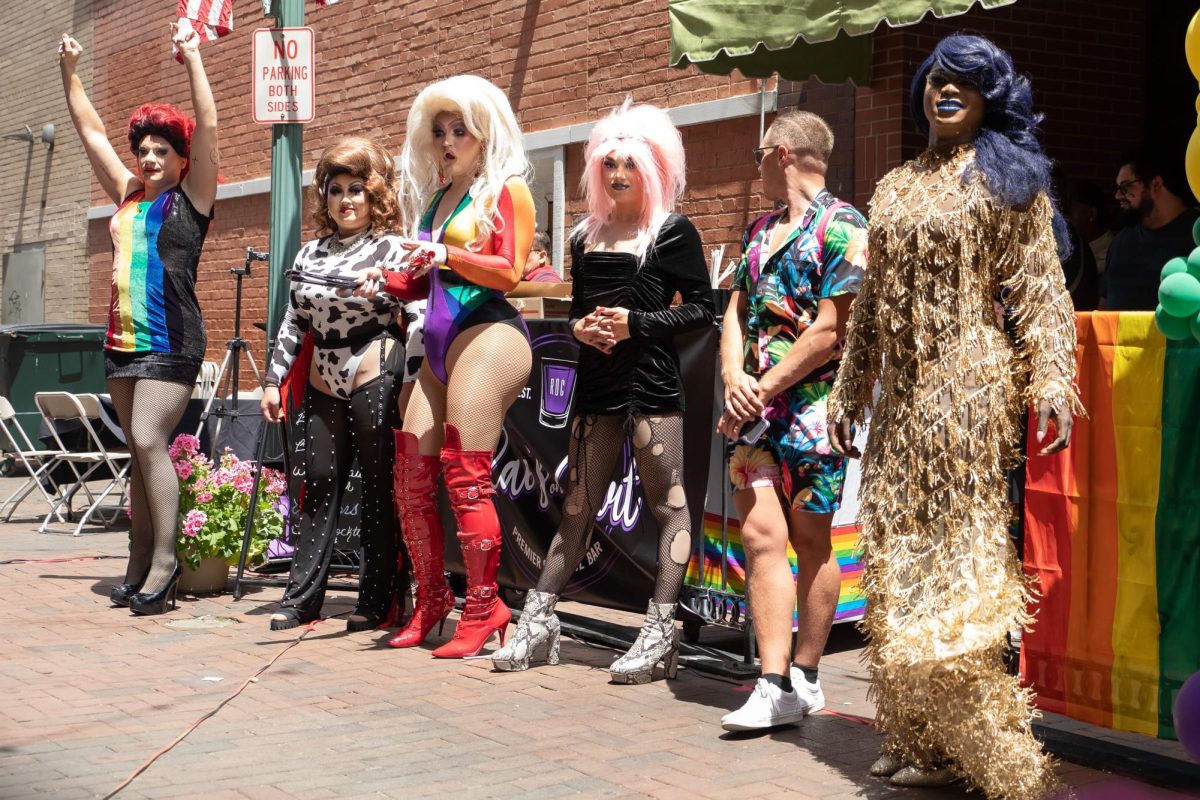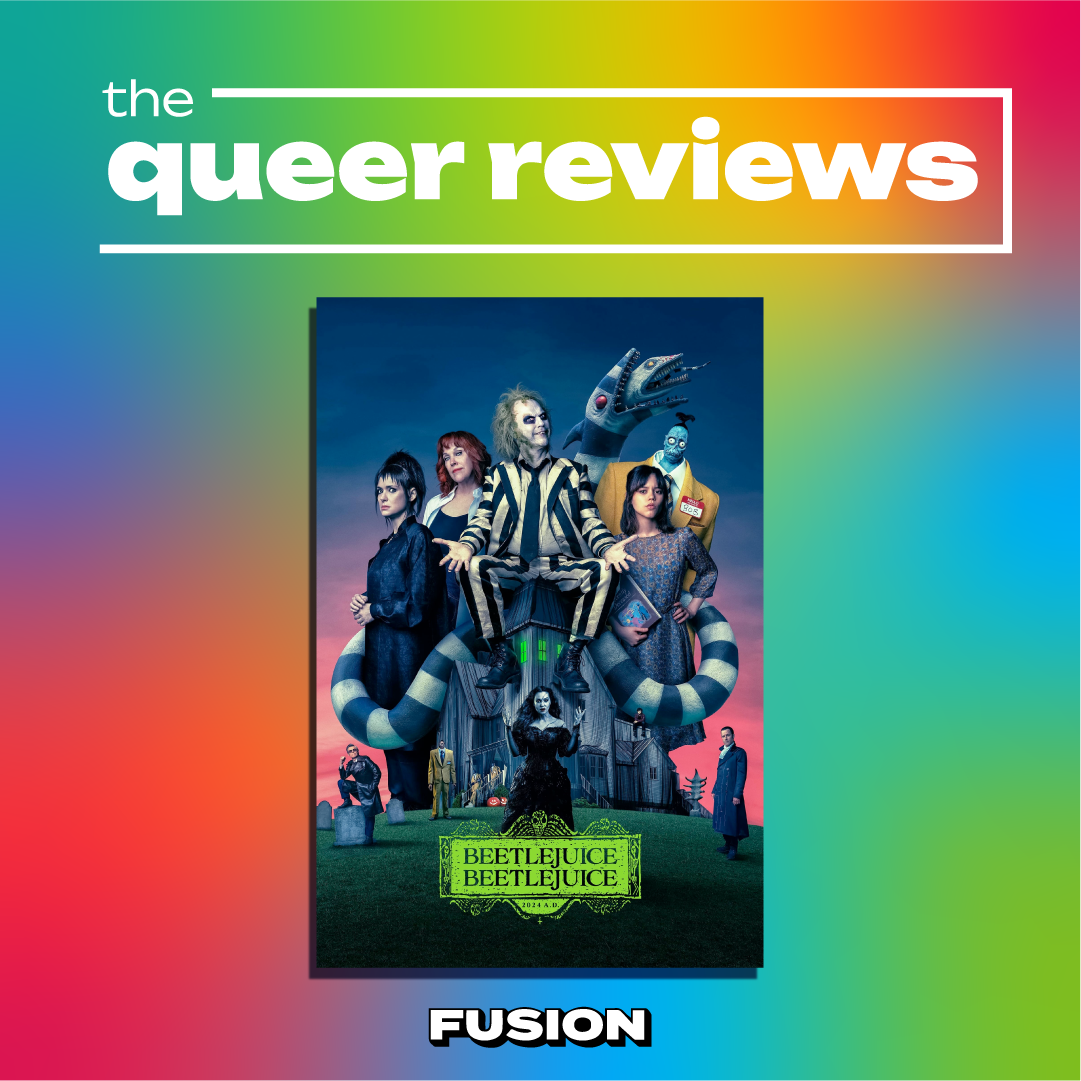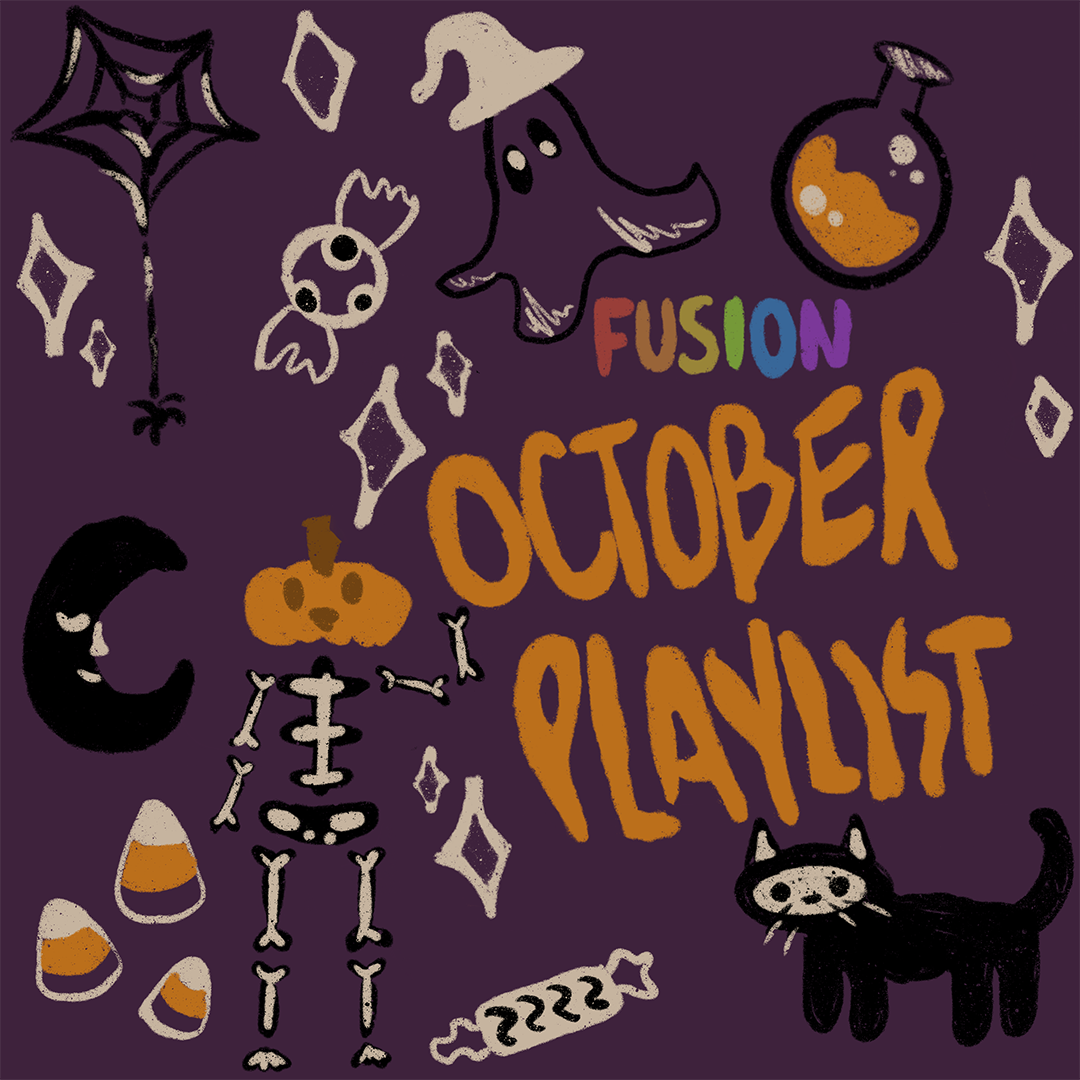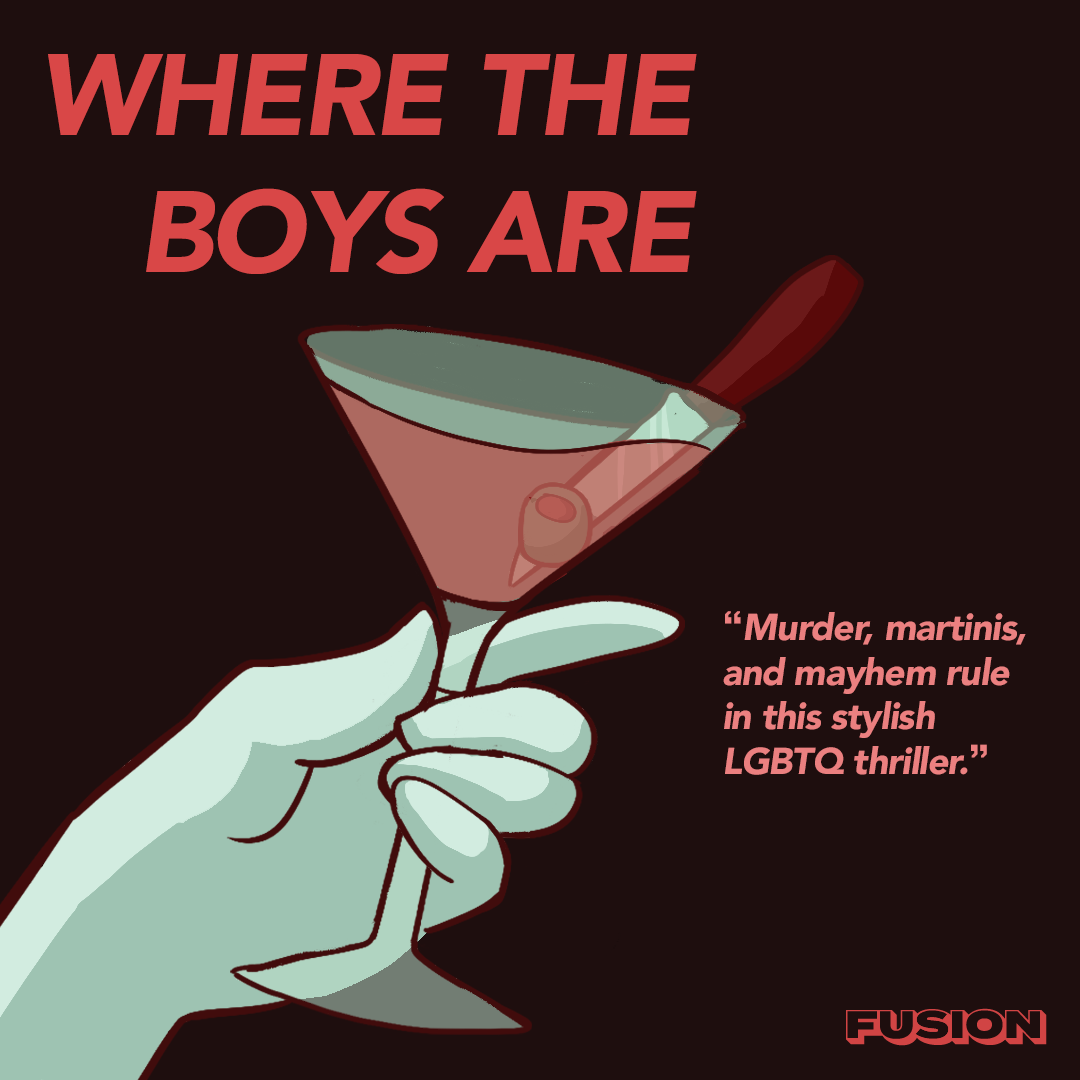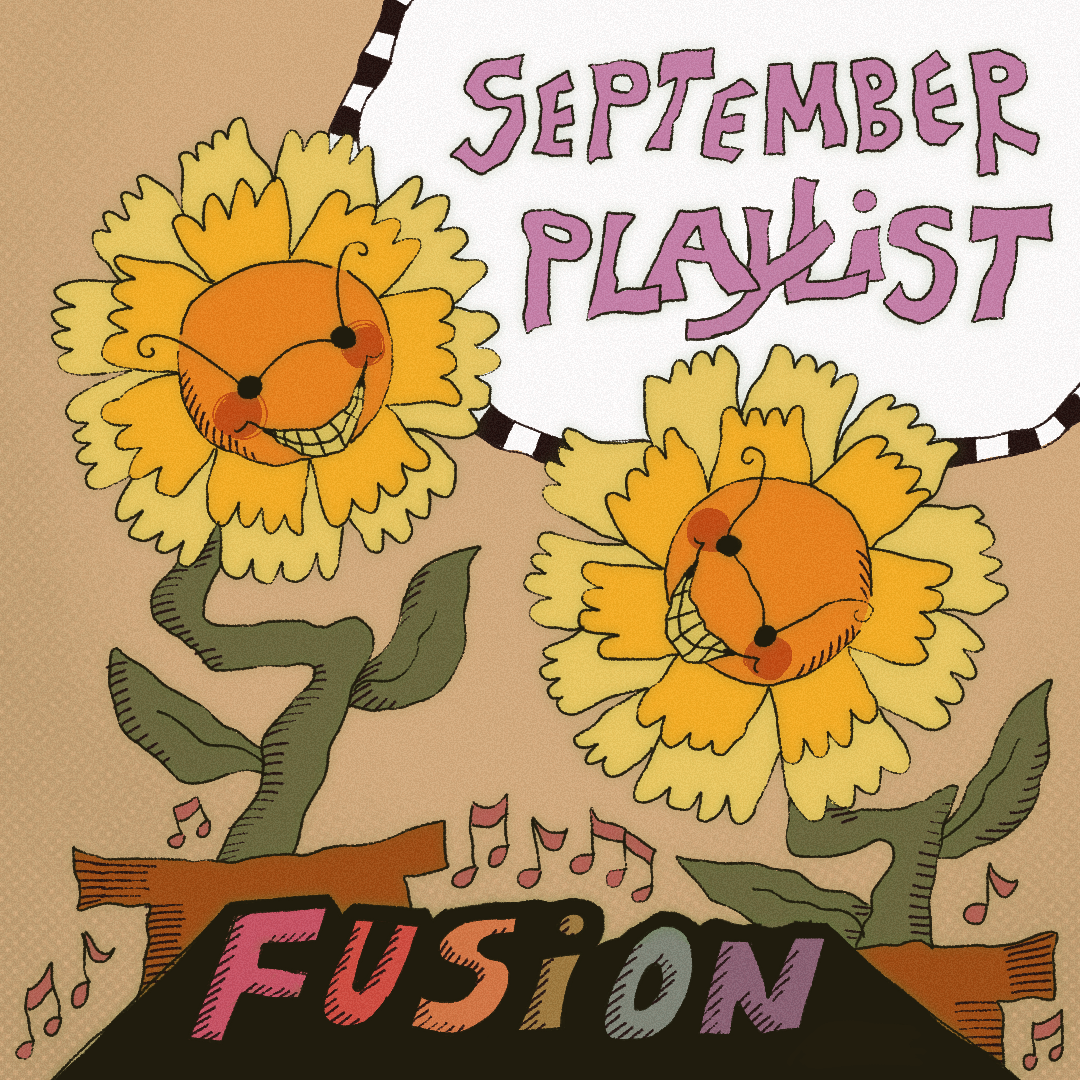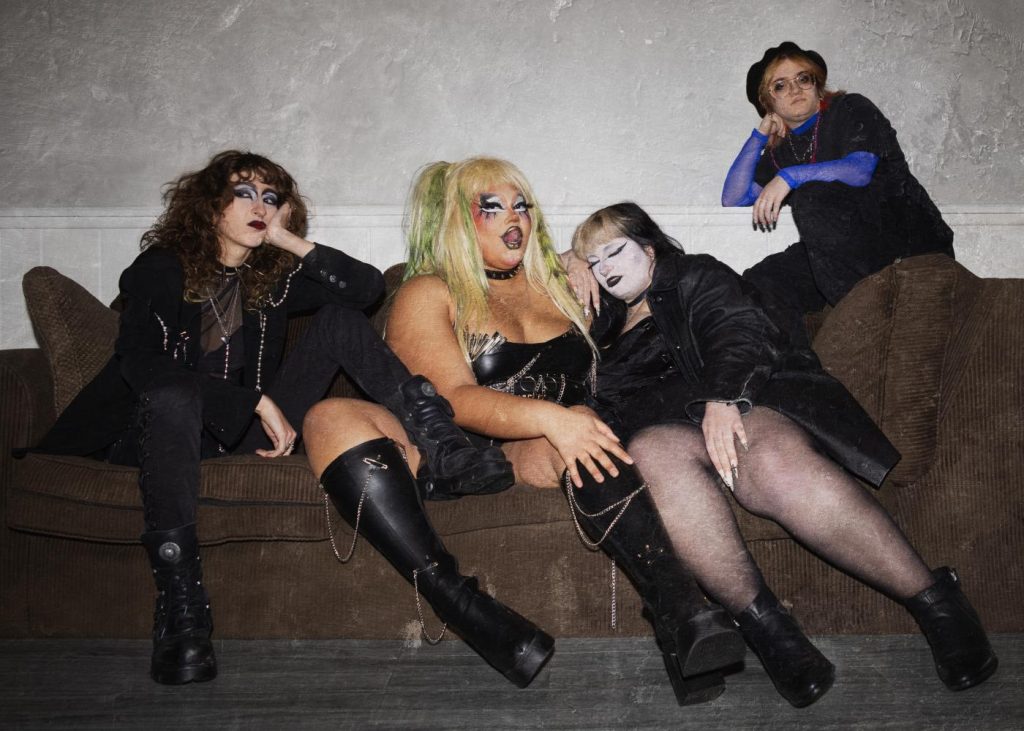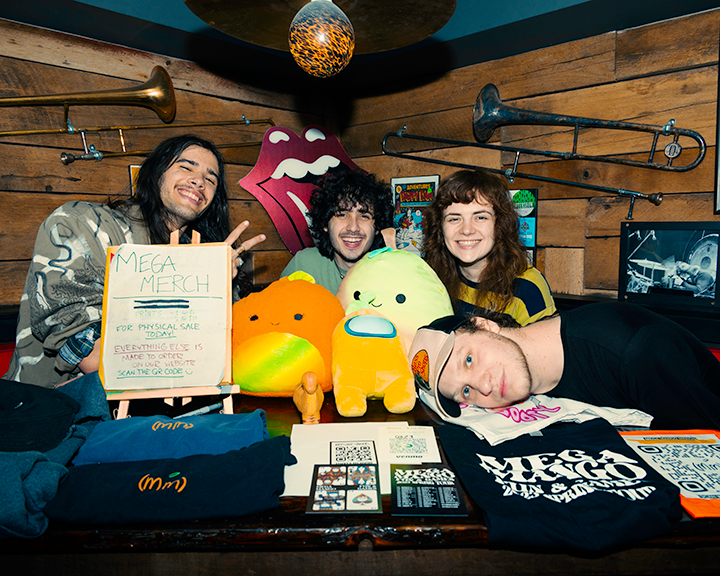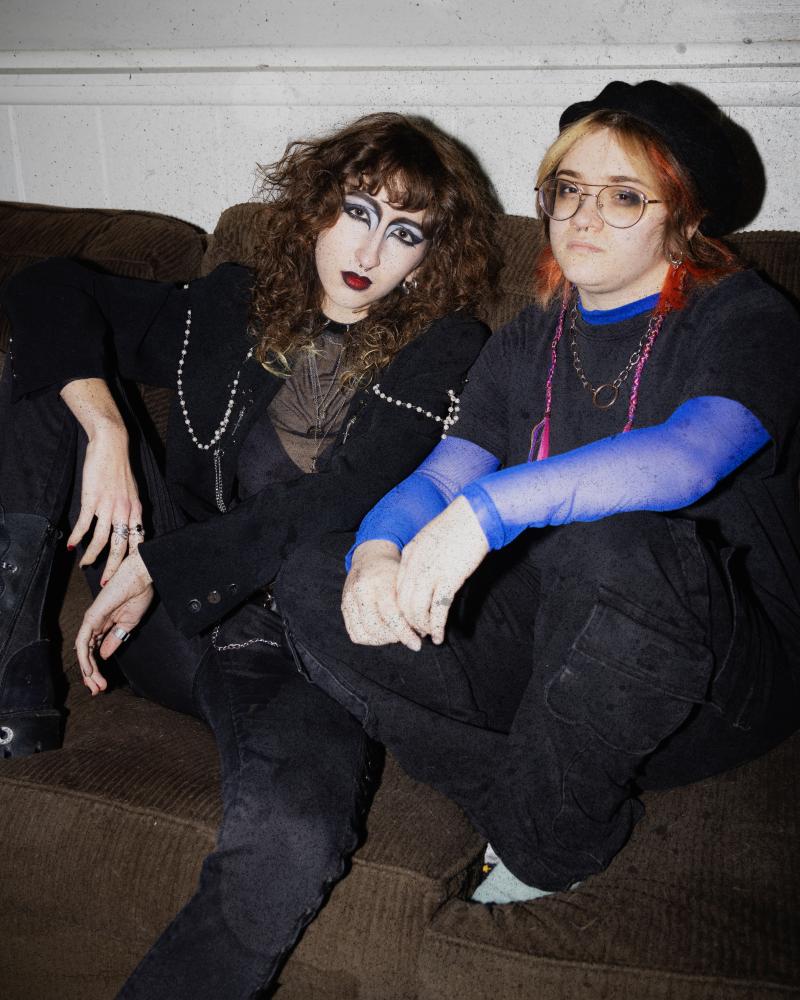There’s no doubt that punk grew from queer roots; according to NPR’s Guide to LGBTQIA+ Punk, the word “punk” is defined as “a person up to something disreputable and socially deviant.” Being a punk has always been tied to bad behavior, anarchy and disruption, but it has also always been a place where everyone is welcome.
Despite punk’s extremely queer roots, the culture turned toward themes of violence and anger, making the scene very macho and homophobic in the early 80s. According to Creem’s “Queercore as Fuck” article, LGBTQ+ people were being attacked and beaten at punk shows. The familial nature of punk shifted into brutality and toxic masculinity.
Punk culture’s legacy of being a safe space for the outcasts and misfits of society was betrayed during the early 1980s. When artist Bruce LaBruce was gay-bashed at a punk show, he wanted to create something that fought against the hardcore punks that weren’t as radical as they claimed to be. Without being accepted by the punk or gay community, LaBruce often described himself as being “on the fringe of the fringe.”
Aiming to bring mainstream punk back to its queer, outsider roots, Bruce LaBruce, along with partner and G.B. Jones, created a fanzine titled “J.D.s” (short for “Juvenile Delinquents,” “Jack Daniels,” “Just Desserts,” “Joy Division,” etc.) in Toronto, Canada.
Inspired by LaBruce and Jones’ “J.D.s,” artists Tom Jennings and Deke Nihilson published “Homocore,” another fanzine that emerged from San Francisco, California in the late 80s. Both of the fanzines’ goals were to expose the homophobia and misogyny that was hidden within the hardcore punk culture of the mid 80s.
“Queercore,” otherwise known as “homocore,” was born from these zines as a subculture of punk — one that was more accepting, proud and liberal. Queercore was a revolution against the conservatism that snuck its way into gay and lesbian communities that manifested in politics.
The culture’s sexual liberation and experimentation was not only open to queer people, but also to straight people and those without labels. Queercore was not interested in whether you were gay or not — as long as you were there to support the revolution.
This was the difference between strict, exclusive punk culture and queercore. There was no dress code, no logo, no one way of making music. As director Scott Treleaven explained in the documentary “Queercore: How to Punk a Revolution,” “We want to be a circus, not a church.”
The most scandalous part of queercore is its shock value. While there are themes of activism and protest inside of queercore, LaBruce originally intended it to be more of a punch in the face of society. LGBTQ+ people started using slurs such as “faggot” and “dyke” to describe themselves, reclaiming them as their own. Blasphemous themes and pornography were shown through collage and photocopied pages of handmade zines. Female bands would run around on stage wearing dildos just to cut them off with chainsaws. The shock value of queercore directly relates to its “do-whatever-you-want!” vibe, allowing obscene visuals to rise out of the movement.
In the early 90s, a new movement had risen in popularity — the riot grrrl movement. According to The New York Times, riot grrrl was in a similar vein as queercore, merging the hardcore punk scene with feminism, queerness and acceptance.
Kathleen Hanna, frontwoman for riot grrrl sensation, Bikini Kill, describes the riot grrrl movement in her own words in the documentary “Queercore: How to Punk a Revolution;” “We are interested in making non-hierarchical ways of being and making music, friends and scenes based on communication and understanding instead of competition.”
Both riot grrrl and queercore were interested in seeing how far punk rock could expand to include feminism and queerness. They were about making something out of nothing — making a place for yourself in society, even when it won’t accept you.
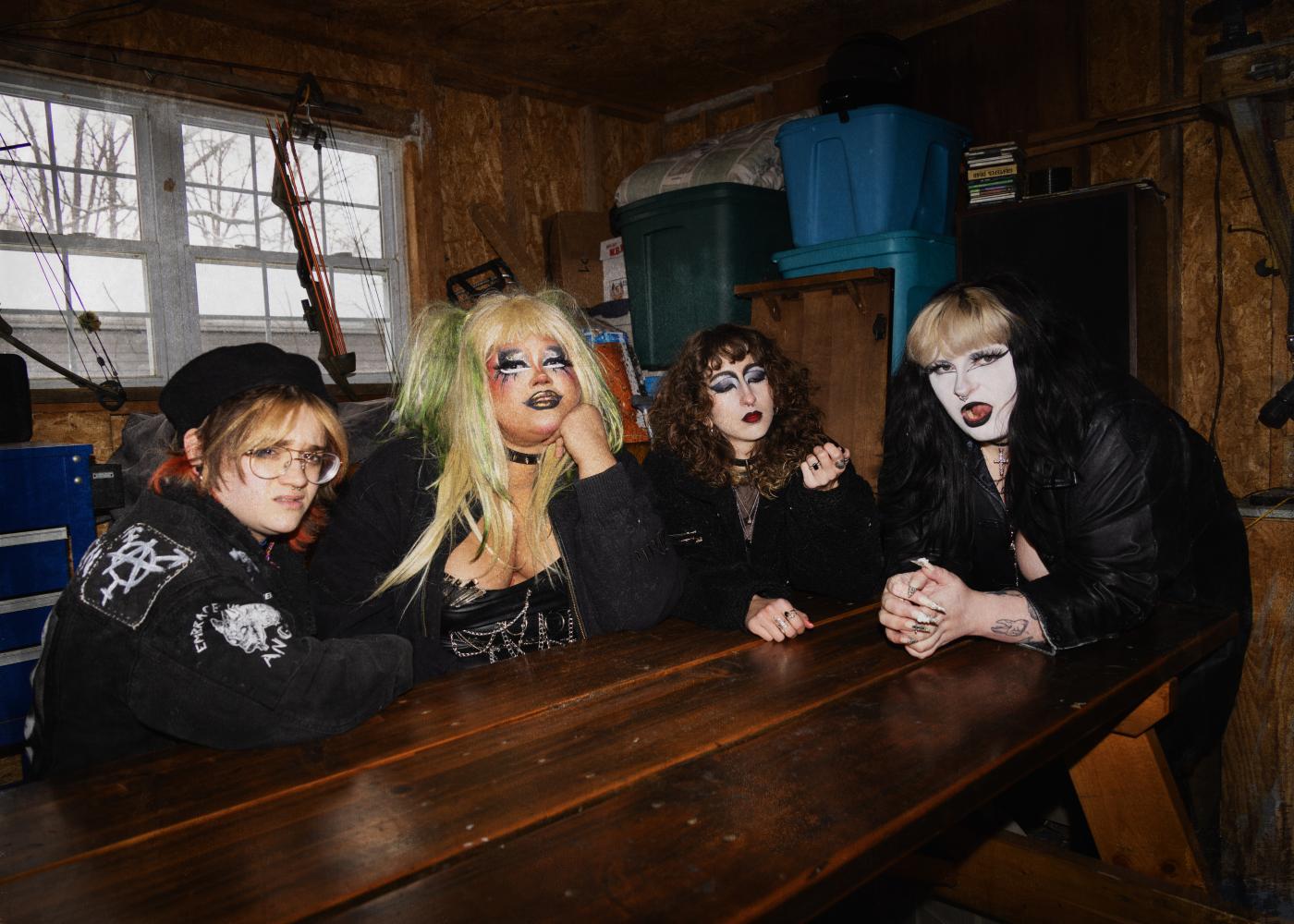
Believe it or not, riot grrrl was much more widely accepted in society than queercore. Because of its alternate title of “homocore,” people thought queercore was focused only on gay men. As Kathleen Hanna described it, riot grrrl was dismissed as a silly movement of white lesbians being sexy and rebellious, as seen by society.
Sara Marcus, riot grrrl biographer, explains why she thinks society was so dismissive of the movement; “It is so much easier for capitalism to use a female body (that a man might want) to sell shit than it is to use queer people and queer bodies.”
Queercore started the rebellion against homophobia and misogyny within punk culture. Queer punk did not begin or end with queercore, however. Queercore is simply an offshoot of punk culture that focuses on queer art, lyrics and acceptance.
With roots in DIY and experimental music-making, queercore artists often used explicit lyrics in their songs to proudly profess their anger towards the misogynistic and homophobic tendencies surfacing within punk culture in the 80s.
Bands like Pansy Division, Tribe 8, G.L.O.S.S., The Hirs Collective, Limp Wrist, Nervous Gender and Against Me! are some of the most well-known examples of queercore music. With straightforward, bold lyrics, bands within the subgenre approach LGBTQ+ issues so directly that it brought them to the attention of both queer and straight people. These vulgar lyrics brought queercore and riot grrrl’s shock value back into play.
Queercore’s revolution will forever be remembered as the movement that put the gay back into punk culture. Although punk culture is ever changing, the importance of LGBTQ+ culture in punk will never be diminished. Queercore made sure of it. Bruce LaBruce, G.D. Jones, Tom Jennings, Deke Nihilson and thousands of other LGBTQ+ punks made sure of it.
As performer Penny Arcade reminds us, “Losers, freaks and deviants started the gay liberation movement, not these fucking control freaks!”

